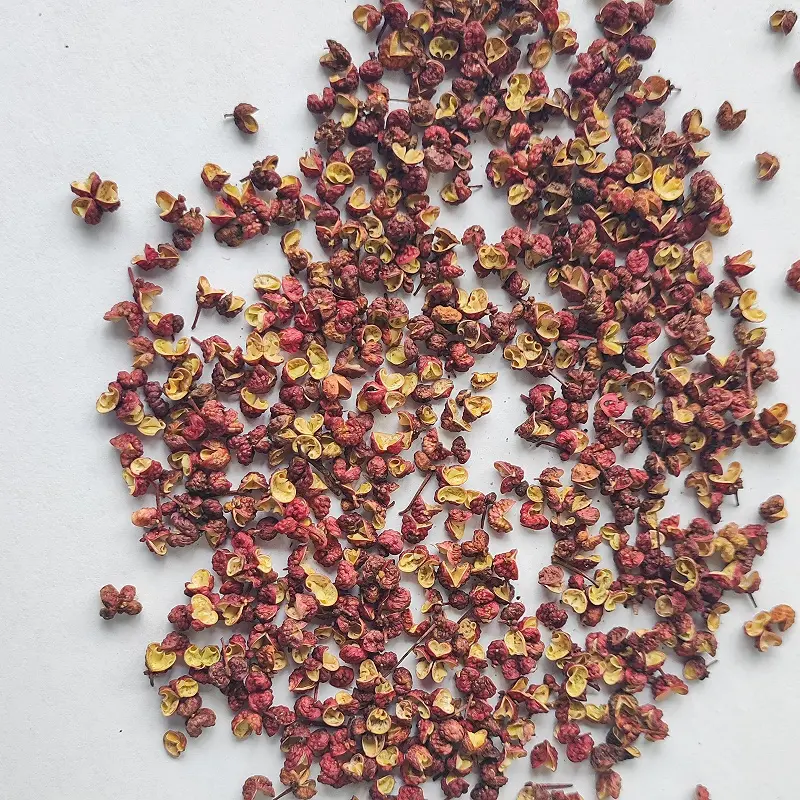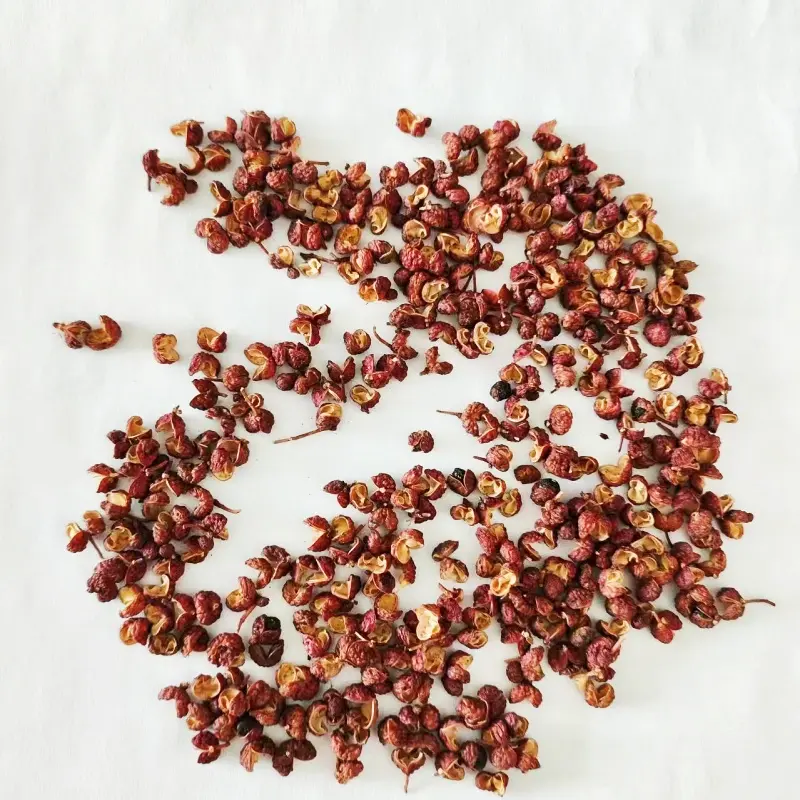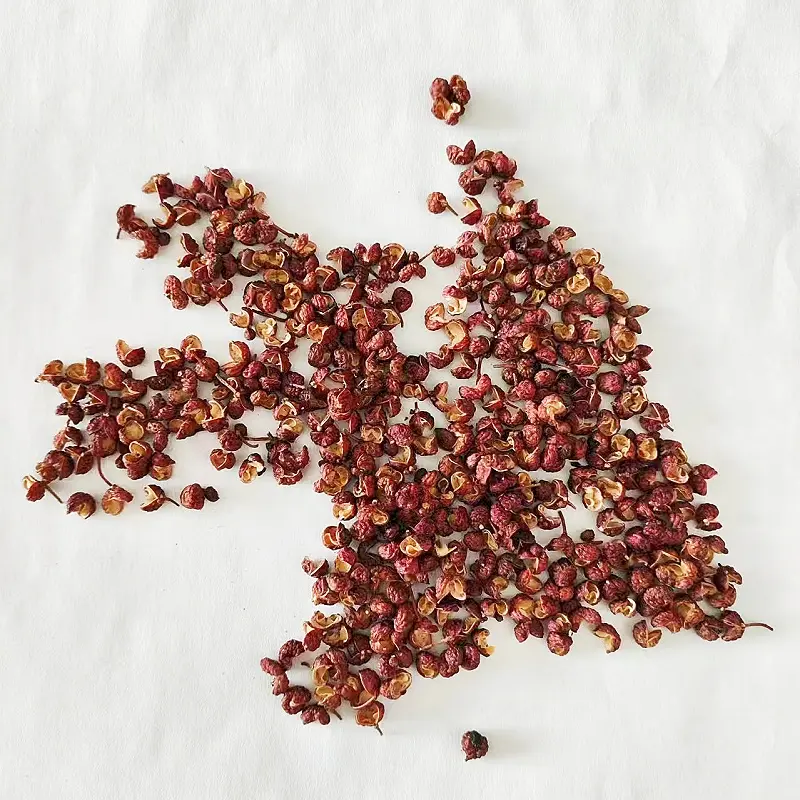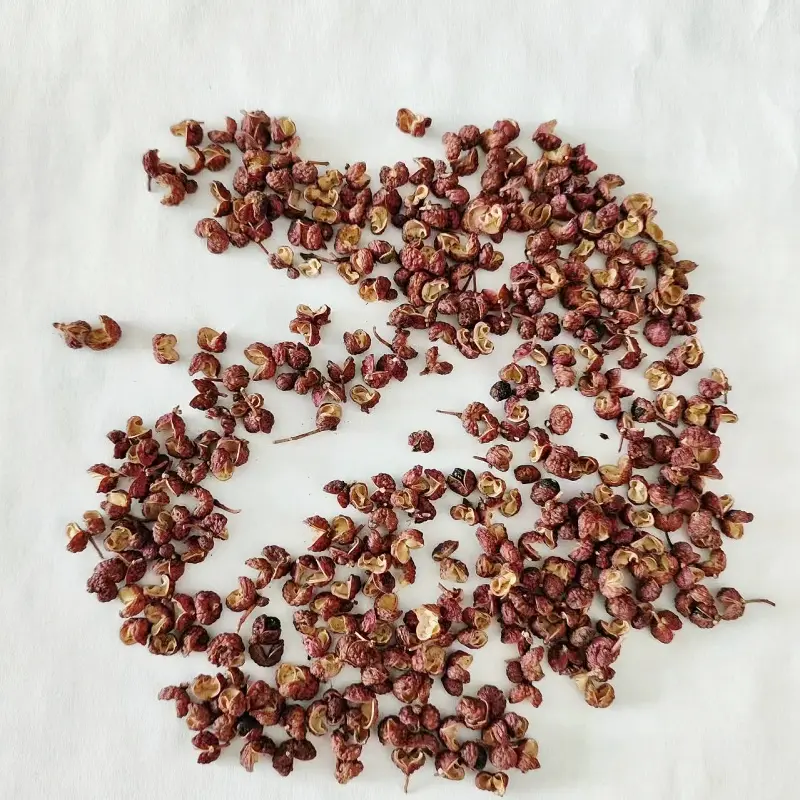Discover the bold and smoky flavor of Amomum tsaoko in this flavorful guide. Learn how to use Chinese black cardamom in cooking, from traditional broths to modern spice blends.
Amomum tsaoko, also known as Chinese black cardamom or 草果 (cǎo guǒ), is a bold and aromatic spice native to the mountainous regions of Yunnan, Guangxi, and parts of Southeast Asia. While it shares a name with Indian black cardamom, tsaoko has its own distinct personality—larger in size, with a smoky, slightly citrusy aroma and a camphor-like flavor that adds depth and complexity to dishes.
Traditionally, Amomum tsaoko has played a key role in Chinese and Southeast Asian cooking, particularly in the cuisines of Sichuan, Yunnan, and Vietnam. It’s often used in hearty braises, rich broths, and medicinal stews, and is a staple in spice blends like Chinese Five-Spice Powder. In Vietnam, it is one of the secret ingredients behind the rich, layered flavor of pho broth.
What makes tsaoko worth exploring in modern kitchens is its versatility and intensity. A single pod can transform a soup, curry, or stew with its deep, warming fragrance. Whether you’re building a traditional recipe or experimenting with global flavors, Amomum tsaoko offers an exciting way to elevate your cooking with just a hint of the exotic.
What is Amomum Tsaoko?
Amomum tsaoko, commonly known as Chinese black cardamom or 草果 (cǎo guǒ), is a member of the ginger family (Zingiberaceae). It grows in the subtropical highlands of southern China, particularly in Yunnan and Guangxi provinces, as well as parts of northern Vietnam and Laos. The plant produces large, reddish-brown pods that are often dried and smoked over open flames, which gives them their characteristic smoky aroma and deep flavor.
Visually, Amomum tsaoko pods are larger and rounder than both Indian black cardamom and green cardamom. They typically measure about 2–4 cm in length and have a woody, wrinkled exterior. Inside the pod are small black seeds that hold the spice’s strongest flavor. While it is sometimes confused with Indian black cardamom (Amomum subulatum), the two are botanically distinct. Indian black cardamom has a more medicinal and menthol-like taste, while tsaoko has a more citrusy brightness and a subtler smoky tone. It is also far stronger in aroma and often used differently in cooking.
The flavor of Amomum tsaoko is bold and complex. It is smoky, slightly sweet, and citrusy, with a camphor-like, almost medicinal undertone. When used in moderation, it adds a warm, aromatic depth to dishes, especially in combination with other spices like star anise, cinnamon, and Sichuan pepper. Its intensity makes it ideal for flavoring fatty meats, rich stews, or long-simmered broths. Because of its unique profile, it’s often used sparingly—just one pod can infuse an entire pot of soup or stew with deep, lingering fragrance.
Culinary Uses Around the World
Amomum tsaoko holds a treasured place in several Asian culinary traditions, particularly in regions where bold, aromatic flavors are celebrated. Its smoky, citrusy character makes it ideal for hearty, long-cooked dishes that benefit from layers of spice.
In Chinese Cuisine, Amomum tsaoko is widely used in Sichuan, Yunnan, and Cantonese cooking. In Sichuan cuisine, it's often added to hot pots and spicy braised dishes to temper heat with warmth and depth. Yunnan cuisine, which leans on indigenous herbs and spices, uses tsaoko to flavor rich pork or beef stews, especially in colder mountain regions. In Cantonese cuisine, tsaoko appears in slow-cooked broths and medicinal soups, often combined with ginger, cinnamon, and other warming spices. It’s also one of the key ingredients in 五香粉 (Five-Spice Powder), where it adds a subtle smoky base to the blend.
In Vietnamese and Lao Cuisine, tsaoko (known locally as thảo quả in Vietnamese) plays an essential role in flavoring pho broth, where its citrusy, smoky note adds complexity to the beef or chicken base. It is also used in spice pastes for Laotian curries, particularly those made with coconut milk and rich proteins like duck or goat.
In Tibetan and Himalayan Dishes, Amomum tsaoko is a practical choice for masking the gamier flavors of yak, mutton, and other local meats. Due to its strong aroma, it is particularly valued in cold climates where it warms the body and enhances high-altitude cooking. Often, it’s paired with garlic, ginger, and Sichuan pepper to make stews or dry spice rubs for meats.
Across all these cultures, tsaoko is used sparingly but strategically—one pod can define an entire dish.
How to Cook with Amomum Tsaoko
Cooking with Amomum tsaoko can elevate your dishes with its bold, smoky, and slightly citrusy flavor—but it’s a spice that rewards careful handling. Understanding its forms, preparation methods, and cooking applications will help you use it effectively in a wide range of recipes.
Forms Available
Amomum tsaoko is most commonly available in whole pod form, which is the preferred choice for traditional cooking. The pod is roughly the size of a large grape or small walnut, with a tough, woody shell and aromatic seeds inside. Ground tsaoko is also available in some specialty spice shops or Asian markets, though it's less common and has a shorter shelf life. Whole pods retain their flavor longer and are more versatile for infusing into liquids.
Preparation Tips
To get the most out of Amomum tsaoko, a few simple preparation steps can go a long way:
Toasting: Before using, lightly toast the whole pod in a dry pan over low to medium heat for 1–2 minutes until fragrant. This releases essential oils and enhances the spice’s aromatic qualities.
Crushing: For a stronger, more direct flavor, gently crush the pod with the side of a knife or a mortar and pestle. You can remove the seeds and use them alone, or include the broken shell for a milder infusion.
Cooking Techniques
Amomum tsaoko is not typically eaten directly but is used to flavor dishes during the cooking process—then removed before serving, much like bay leaves.
Infuse in Broths and Stews: Drop a whole or crushed pod into soups, broths, or hot pots early in the cooking process to allow the flavors to develop over time. It's particularly effective in beef or chicken stock, adding warmth and depth.
Slow-Cooked Meat Dishes: Use tsaoko in braised beef, duck, lamb, or pork dishes. Its bold aroma stands up well to fatty meats and long cooking times, making it ideal for Chinese 红烧 (red-braised) preparations or Tibetan-style stews.
Combine with Other Spices: Amomum tsaoko pairs beautifully with warm spices like star anise, cinnamon, cloves, and ginger. This combination is commonly found in Chinese Five-Spice Powder and many traditional spice infusions.
Whether you’re preparing a hearty stew or experimenting with your own spice blend, start with just one pod to avoid overpowering the dish—tsaoko is a spice best used in moderation for maximum impact.
Recipes That Feature Amomum Tsaoko
Amomum tsaoko shines in slow-cooked dishes where its bold, smoky aroma can infuse deep into meats and broths. Here are a few classic recipes where tsaoko plays a key role:
1. Classic Chinese Beef Brisket Stew (清炖牛腩)
This Cantonese-style stew uses tsaoko to add warmth and depth. Simmer beef brisket with ginger, scallions, soy sauce, star anise, and one crushed tsaoko pod for 2–3 hours until tender. The result is a rich, savory broth with layered spice.
2. Spiced Lamb Hot Pot (草果羊肉锅)
In Yunnan cuisine, tsaoko is used to balance the strong flavor of lamb. Combine tsaoko with dried chilies, Sichuan peppercorns, and garlic in a simmering pot of lamb, potatoes, and tofu for a bold, hearty hot pot.
3. Pho with Homemade Broth
Tsaoko (thảo quả in Vietnamese) is essential in authentic pho broth. Add one or two pods to a stock pot with beef bones, charred onion, ginger, cinnamon, and star anise. Simmer for at least 6 hours for a rich, fragrant base.
4. Quick Spice Blend or Marinade
Grind tsaoko seeds with cumin, fennel, and chili powder to make a dry rub for pork or lamb. Or, steep crushed tsaoko in oil or soy sauce to create a flavorful marinade for grilled meats.
Start small—tsaoko is potent!
Where to Buy and How to Store Amomum Tsaoko
Amomum tsaoko is available at specialty spice shops, Asian grocery stores, and online retailers that offer authentic Chinese or Southeast Asian ingredients. If you're looking for a reliable Amomum tsaoko wholesale supplier, our company specializes in bulk wholesale of Amomum tsaoko. Contact us for high-quality products and consistent supply!
When purchasing tsaoko, choose whole pods for the best flavor and shelf life. Look for pods that are dry, slightly wrinkled, reddish-brown in color, and have a strong, smoky aroma. Avoid pods that are soft, moldy, or have lost their fragrance.
To store whole pods, place them in an airtight container, preferably glass or metal, and keep them in a cool, dark, and dry place. When stored properly, whole tsaoko pods can stay fresh and aromatic for up to 12 months.
For ground tsaoko, store it in a tightly sealed jar away from heat, light, and moisture. Use within 3 to 4 months for the best flavor. Because ground spices lose their potency faster, it's recommended to grind the pods only when needed.
With the right storage and a trusted source, Amomum tsaoko can be a flavorful and long-lasting addition to your spice collection.
Tips and Warnings
Amomum tsaoko is a powerful spice, and a little goes a long way. Use sparingly, especially if you’re unfamiliar with its intensity. One whole pod is often enough to flavor an entire pot of stew or broth. Adding too much can overwhelm the dish with its bold, smoky, and camphorous notes.
It’s important to note that tsaoko is not interchangeable with green cardamom. While they share a name, the two spices are vastly different in flavor. Green cardamom is light, sweet, and floral—ideal for desserts and lighter dishes. In contrast, tsaoko is earthy, smoky, and robust, best suited for savory, long-cooked meals. Using one in place of the other can drastically alter the outcome of a recipe.
Although tsaoko has been used in traditional medicine for centuries—often for digestive support or cold remedies—individuals with certain health conditions or allergies should exercise caution. If you are pregnant, nursing, or taking medications, consult a healthcare professional before consuming tsaoko in large amounts. It is generally safe in culinary use, but like any strong spice, excessive intake could lead to digestive discomfort or interact with sensitive stomachs.
In summary, respect tsaoko’s strength, use it with care, and enjoy the unique depth it brings to savory dishes. When handled thoughtfully, it can become a standout ingredient in your spice toolkit.
Conclusion
Amomum tsaoko is a bold and distinctive spice that brings smoky, citrusy complexity to a wide range of savory dishes. Used for centuries in Chinese, Vietnamese, and Himalayan cuisines, it enhances broths, stews, and braised meats with a depth of flavor that few other spices can match. Whether you're preparing a traditional recipe or exploring new culinary territory, tsaoko offers an exciting way to enrich your cooking.
Because of its strength, it's best to start small. Try adding a single pod to a familiar beef stew, chicken soup, or spice blend to experience its effect without overwhelming the dish. As you become more comfortable, you can explore more complex uses and regional recipes that highlight its full potential.
If you're curious to try Amomum tsaoko in your own kitchen—or looking for a trusted source for high-quality supply—please contact us. We specialize in wholesale distribution of premium tsaoko and are happy to support both home cooks and professional chefs. Let this unique spice inspire your next culinary creation!
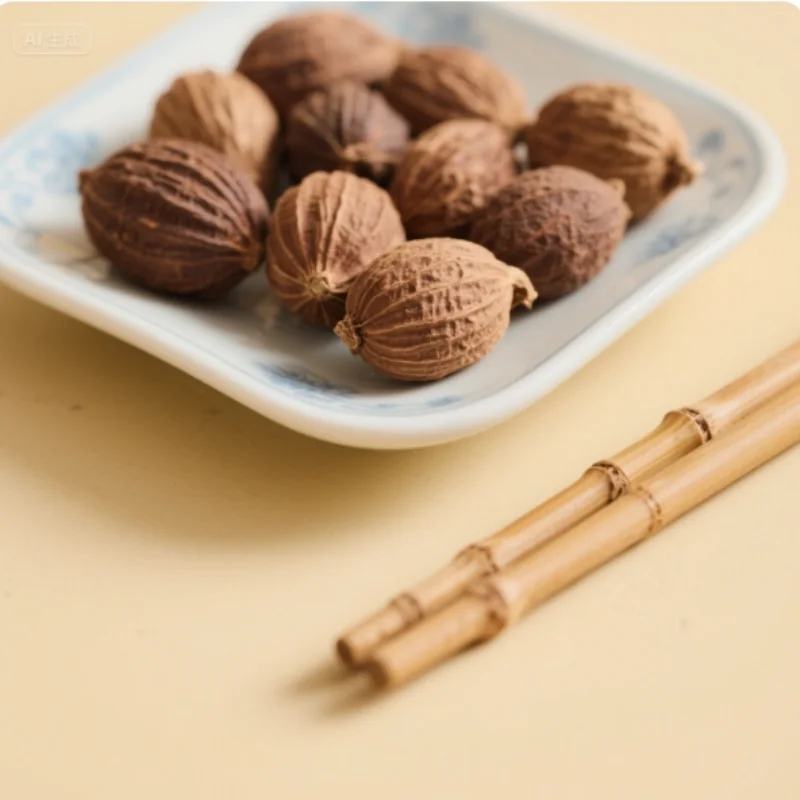
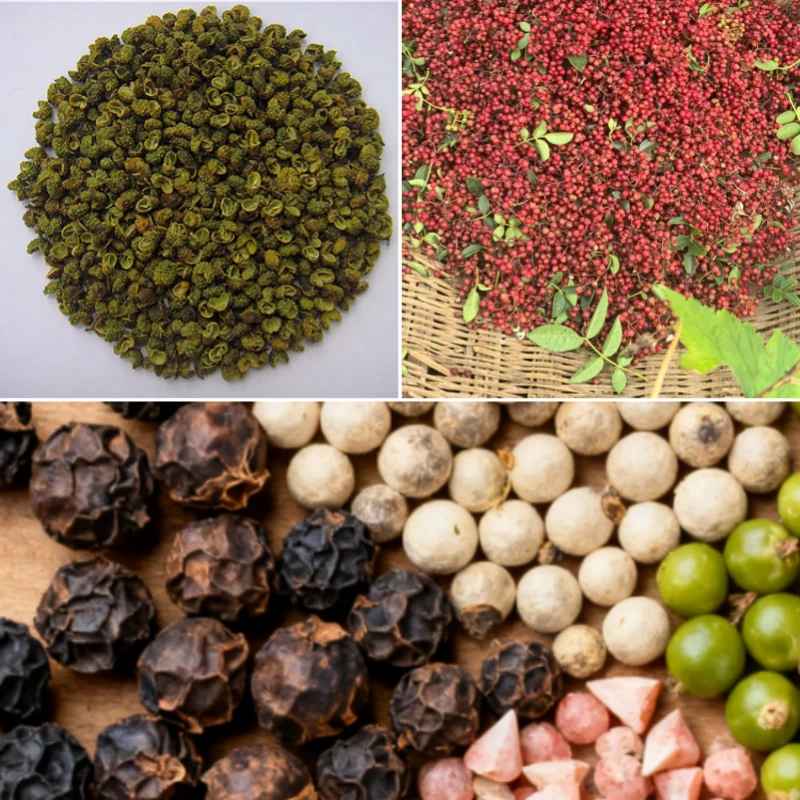

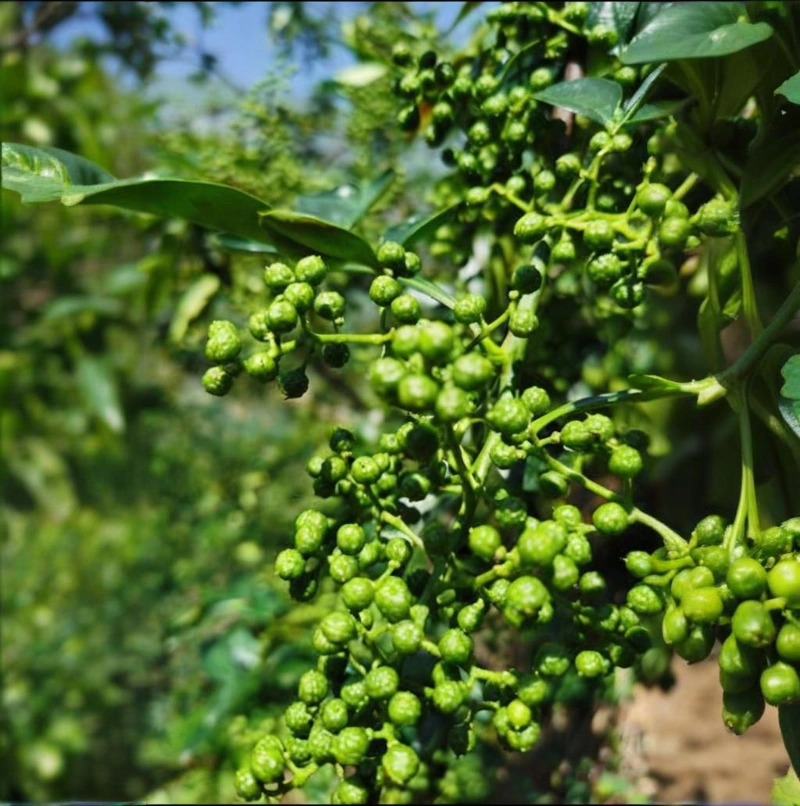
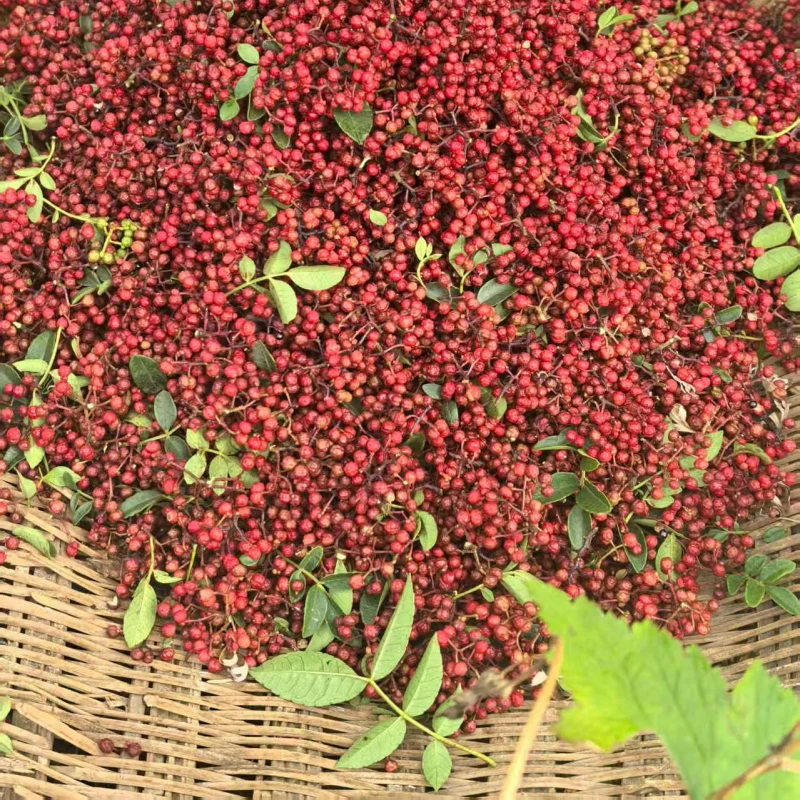
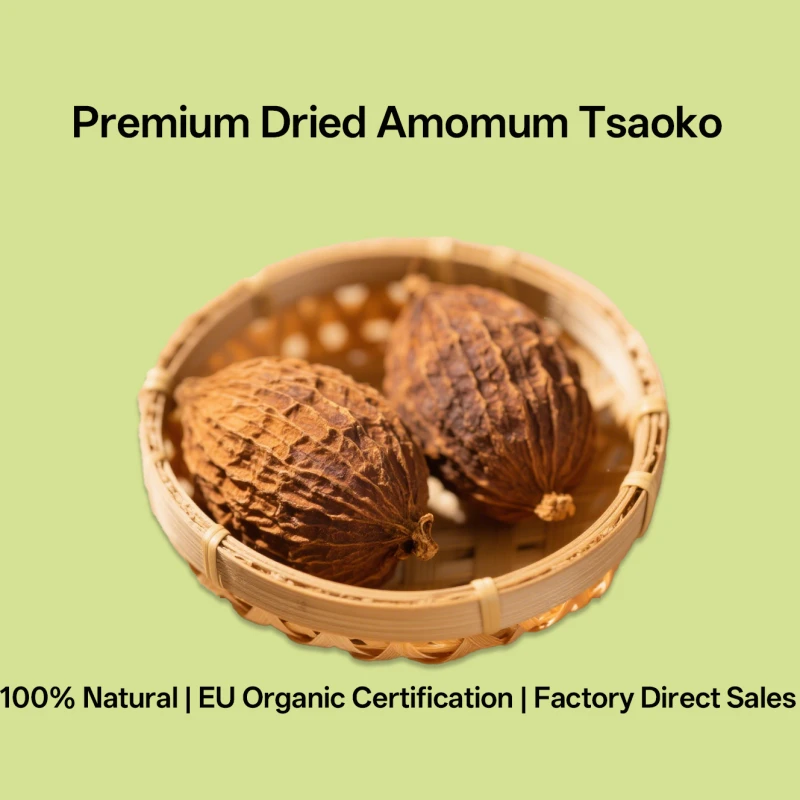
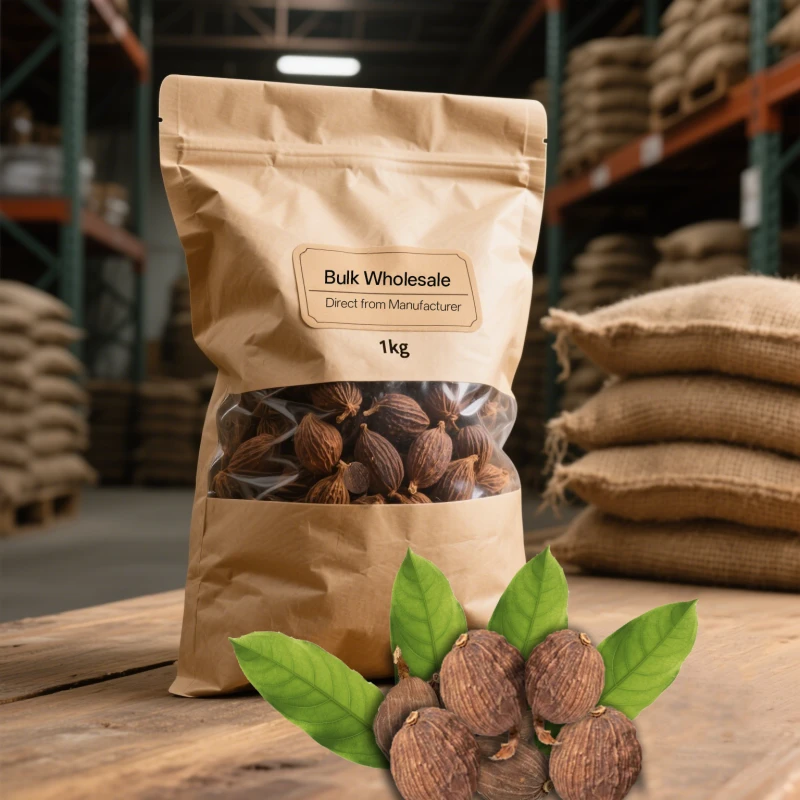

811.webp)
